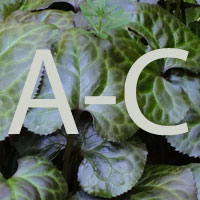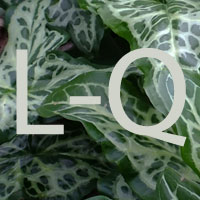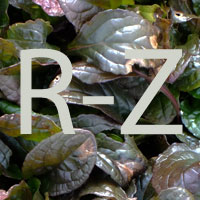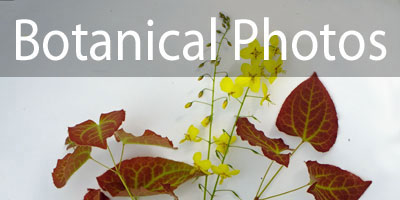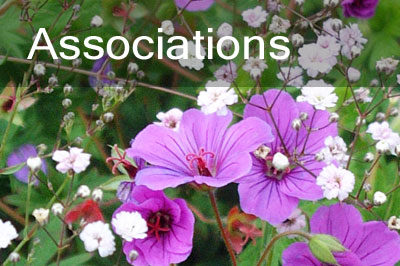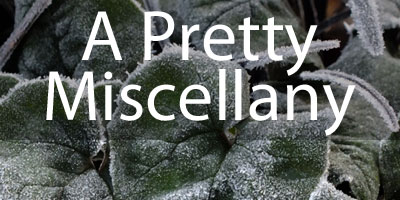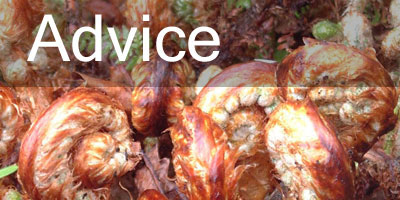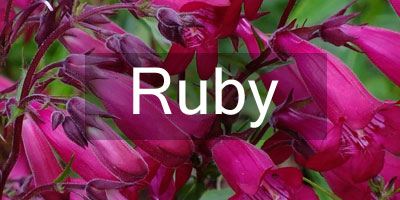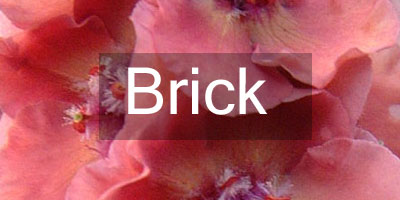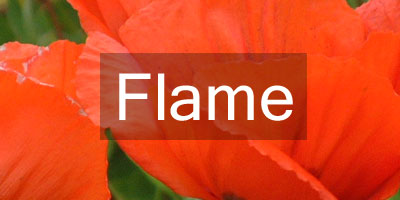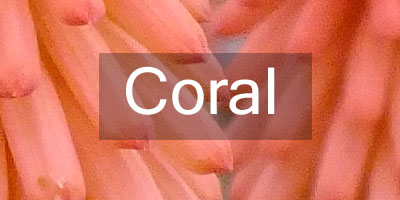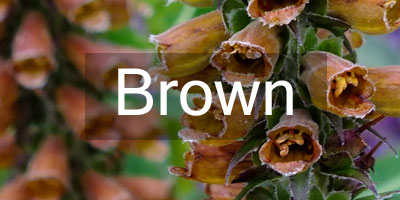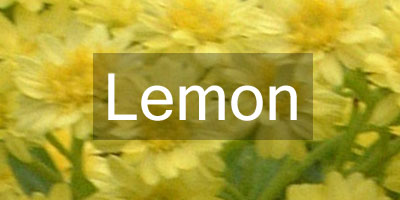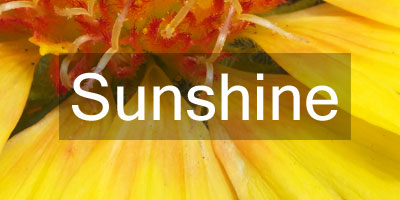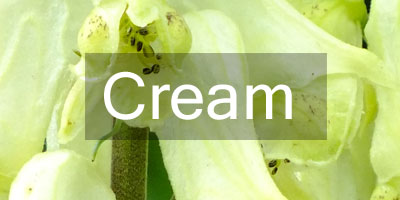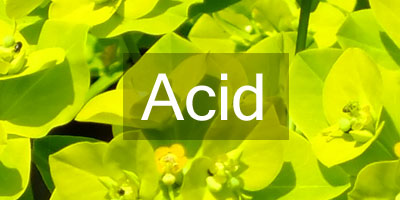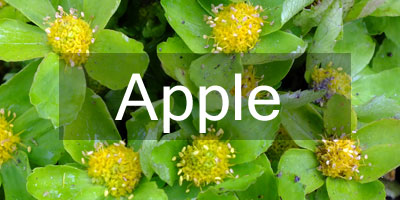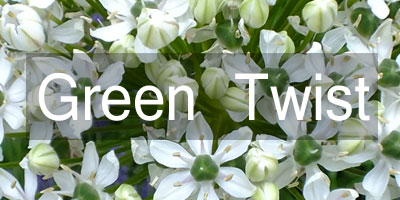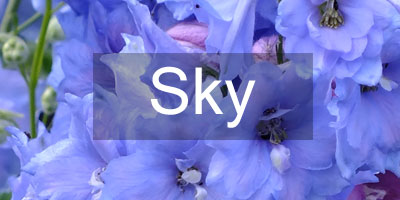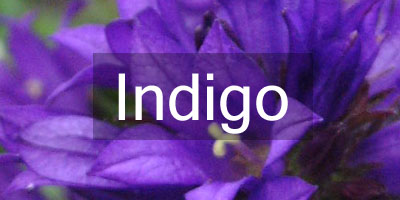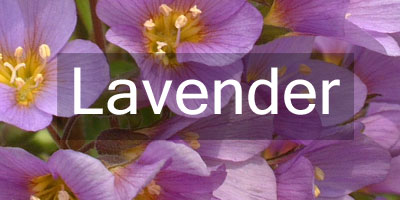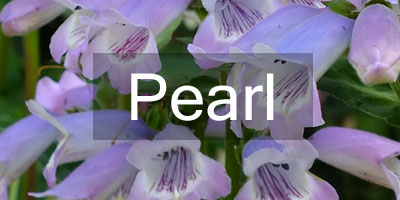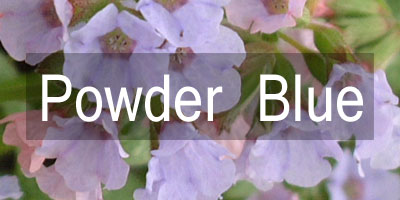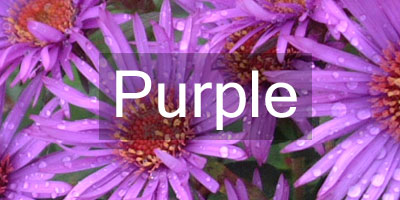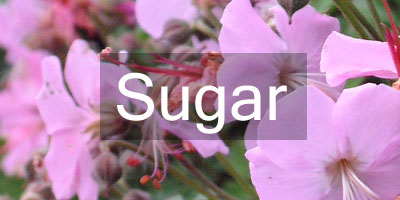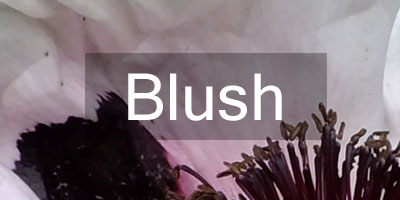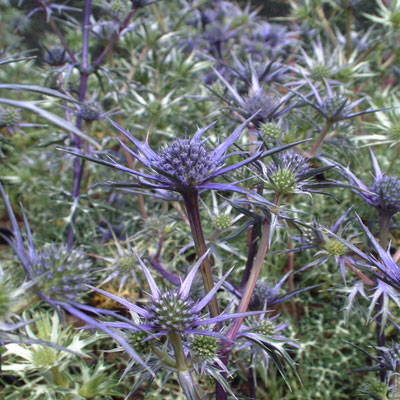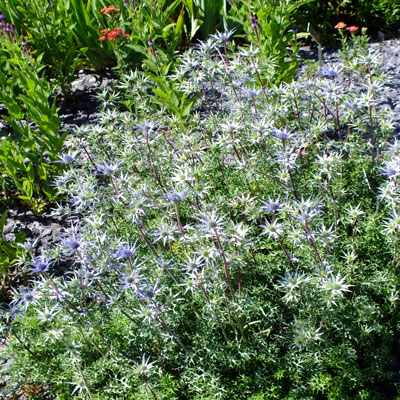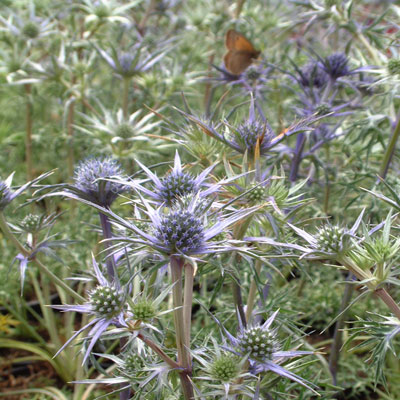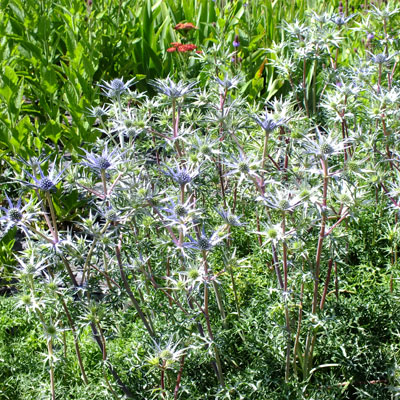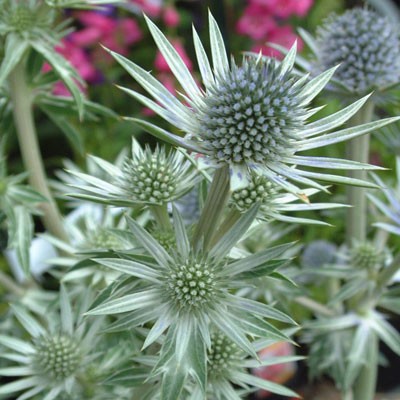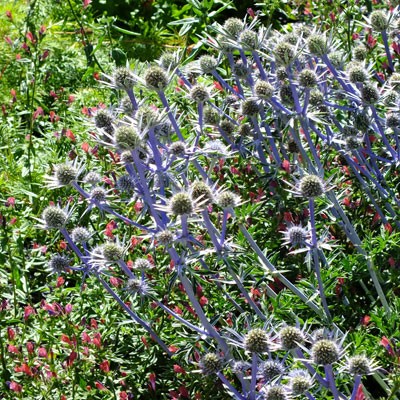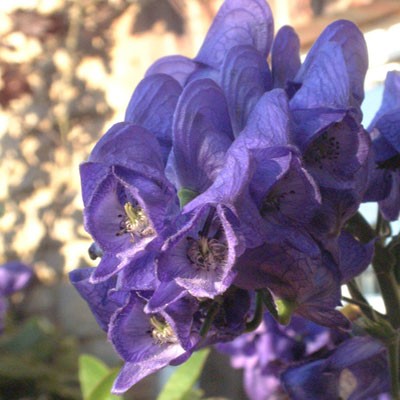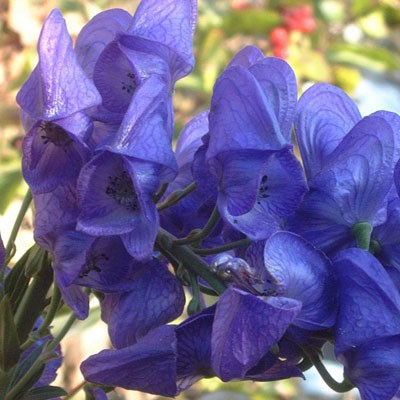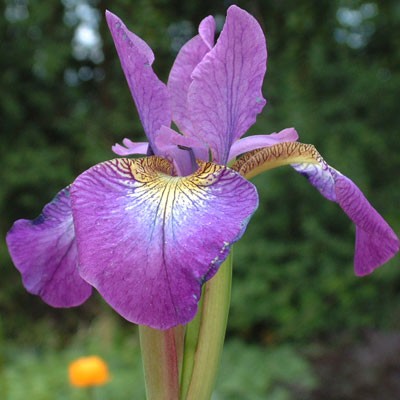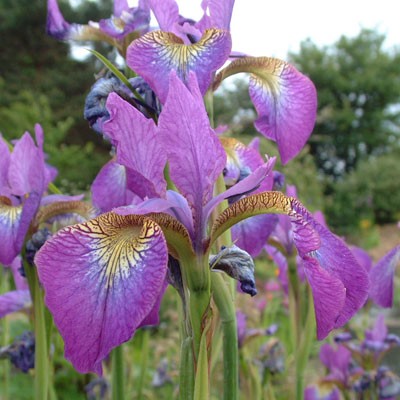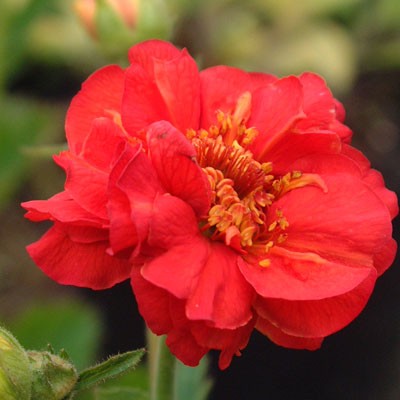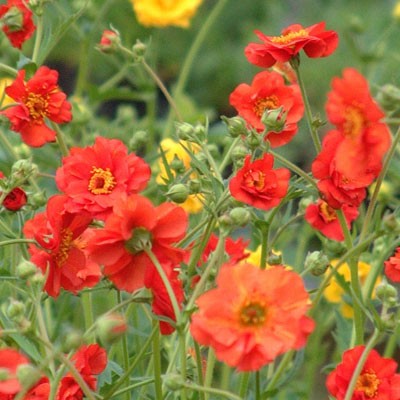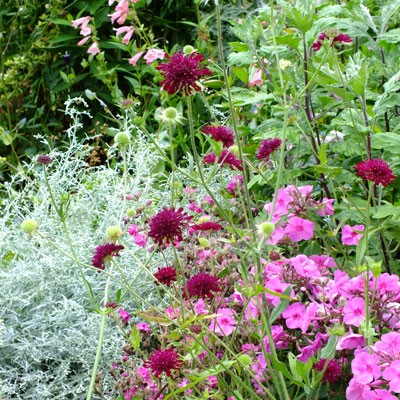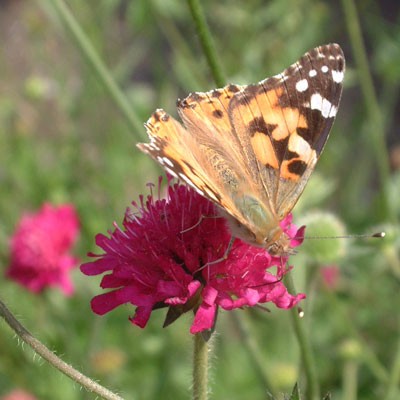Description
Eryngium bourgatti Graham Stuart Thomas’s selection
As its name suggests, Eryngium bourgatti Graham Stuart Thomas’s selection is the excellent form selected by the renowned plantsman, Graham Stuart Thomas; Recommendation enough for most people. It really is quite distinct from the species, being a good deal shorter than the type, stiffer in its growth with much richer colouring. The bracts are longer and thinner too. Overall the whole feel of the plant is neater, finer and richer in texture than the species. A real stunner.
Eryngo, Sea-Holly
Like their cousins, the Astrantias, Eryngiums are members of the Umbelliferae (Apiaceae). This fact only becomes apparent on close inspection of the flowers. Each flower is in fact a composite head of many smaller flowers, with the branched umbrella like structure of most umbellifers compacted down into a central cone. One of the principle features of Eryngoes is the silvery and blue shades that the flowers take on. Flower arrangers also prize them for the excellent drying qualities of the flower heads.
As a rule the Sea Hollies all prefer a well drained root run in full sun, although some, such as Eryngium x zabellii grow perfectly well in a not too wet clay soil. They tolerate excessive lime, gravel and poor soils extremely well. In colder, wetter areas it can be beneficial to remove dead foliage from the crown prior to the winter to avoid crown rot.
Eryngium is large genus of around 200 species, many of which are garden worthy plants.
One member of the Eryngium genus, the British native Eryngium maritimum has a long history of medicinal and culinary use. The part used was the roots and the Arabs considered them an excellent restorative. They used to be sold candided in London markets and were probably the ‘kissing comfits’ referred to by Falstaff in ‘The Merry Wives of Windsor’ – ‘Let the sky rain potatoes;..hail kissing comfits, and snow eryngoes..’ The popularity in Britain of eryngo root peaked in the 18th century.
Derivation
The latin name Eryngium possibly derives from the Greek ‘eruggarein’ – to eructate. This is a reference to the use of the plant to alleviate flatulent disorders. An alternative derivation may be that it is a diminutive of the word ‘errungos’, the beard of a goat. As another possibility, if you prefer, it may be from ‘eryingion’ a name used by Theophrastus.
Plutarch relates the following story which may provide a connection:- ‘they report of the sea holly, if one goat taketh it into her mouth, it causes her first to stand still and afterwards the whole flock, until such time as the shepherd takes it from her.’
Links


